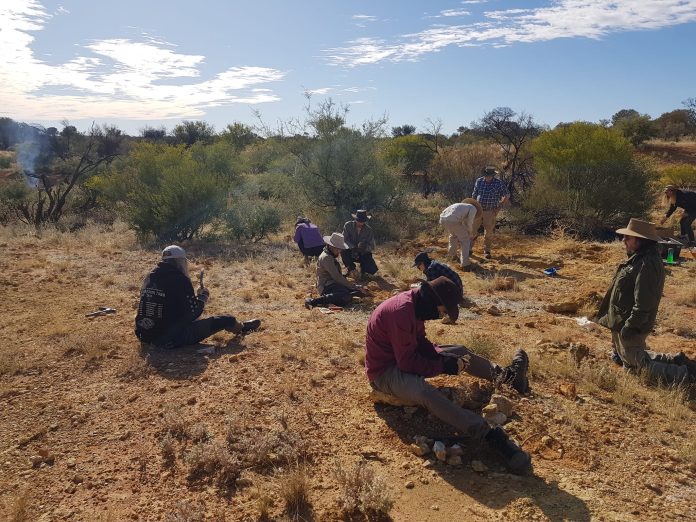A recent research report in Scientific Reports, authored by Australian and British scientists, sheds light on Australia’s distinct marsupial evolution by examining fossils from a prehistoric koala relative. Arthur Crichton, a PhD student from Flinders University, spearheaded the study and unearthed teeth from this newfound species at the ancient Pwerte Marnte Marnte fossil site in northern Australia, dating back approximately 25 million years. Dr. Robin Beck from the University of Salford also contributed as a co-author to the study.
“Our computer analysis of its evolutionary relationships indicates that Lumakoala is a member of the koala family (Phascolarctidae) or a close relative, but it also resembles several much older fossil marsupials called Thylacotinga and Chulpasia from the 55 million-year-old Tingamarra site in northeastern Australia.
“In the past, it was suggested the enigmatic Thylacotinga and Chulpasia may have been closely related to marsupials from South America.
“However, the discovery of Lumakoala suggests that Thylacotinga and Chulpasia could actually be early relatives of Australian herbivorous marsupials such as koalas, wombats, kangaroos and possums.”
Molecular and other fossil records suggest koalas, wombats, kangaroos and possums split off from other marsupials between about 65 million and 50 million years ago.
“This group (Diprotodontia)is extremely diverse today, but nothing is known about the first half of their evolution due to a long gap in the fossil record.”
Co-author Associate Professor Robin Beck, from England’s University of Salford, says the discovery of Lumakoala helps fill a major 30 million-year-old gap in Australian marsupial evolution.
“These Tingamarran marsupials are less mysterious than we thought, and now appear to be ancient relatives of younger, more familiar groups like koalas,” says Dr Beck.
“It shows how finding new fossils like Lumakoala, even if only a few teeth, can revolutionise our understanding of the history of life on Earth”.
Although uncertainties persist regarding whether these Australian herbivorous marsupial ancestors inhabited South America and Antarctica prior to continental separation, the research team has additionally presented findings on two distinct koala species, Madakoala and Nimiokoala. These koalas coexisted with Lumakoala and occupied diverse ecological roles within the lush woodlands of central Australia approximately 25 million years ago.
Professor Gavin Prideaux, director of the Flinders University Palaeontology Laboratory, describes the late Oligocene (23–25 million years ago) as a “kind of the koala heyday”.
“Until now, there’s been no record of koalas ever being in the Northern Territory; now there are three different species from a single fossil site, says
“While we have only one koala species today, we now know there were at least seven known from the late Oligocene – along with giant koala-like marsupials called ilariids.
“These were the largest marsupials in Australia at the time, weighing in at up to 200 kg. They lived alongside a strong-toothed wombat relative named Mukupirna fortidentata and bizarre possum, Chunia pledgei,”

